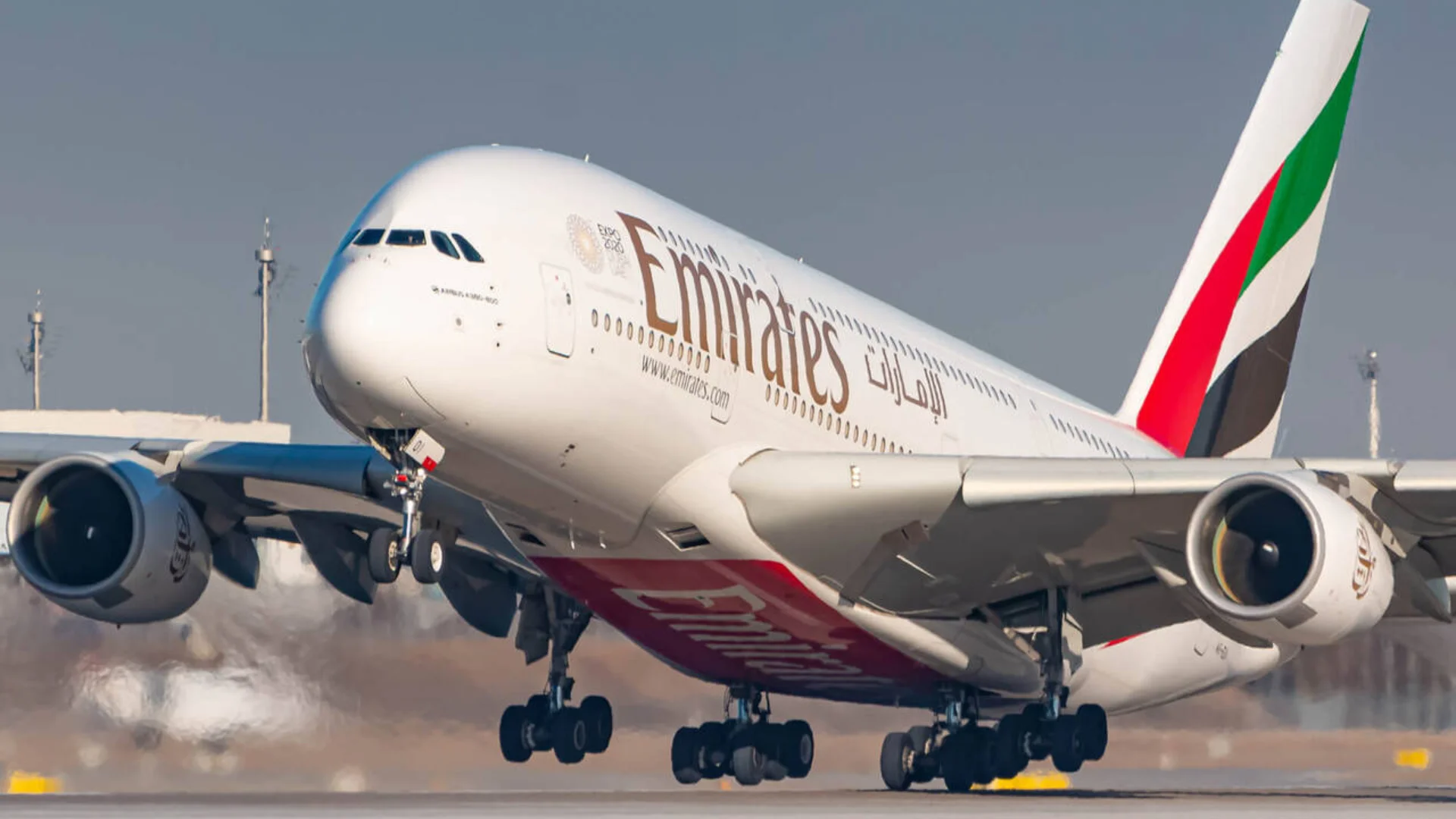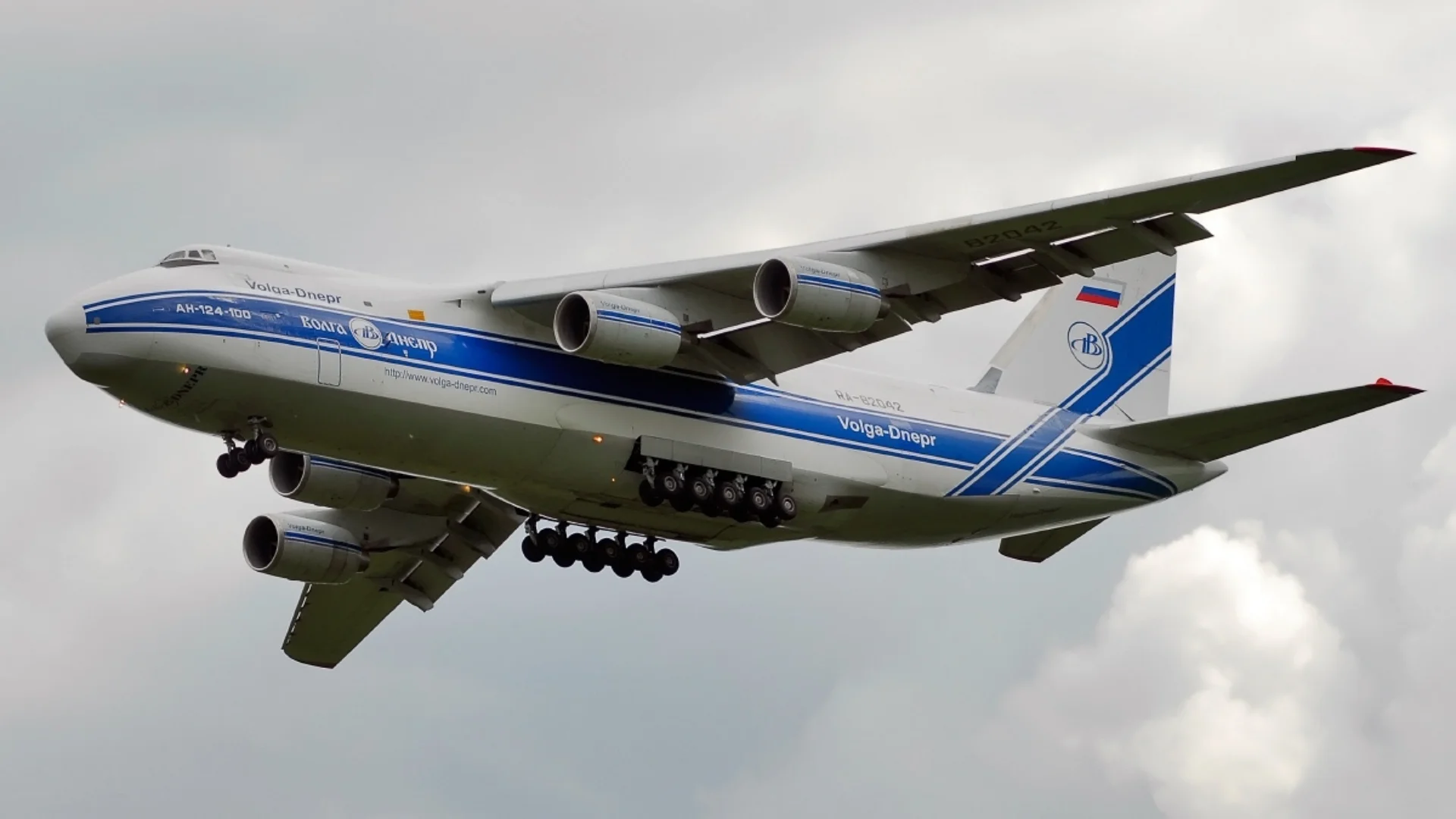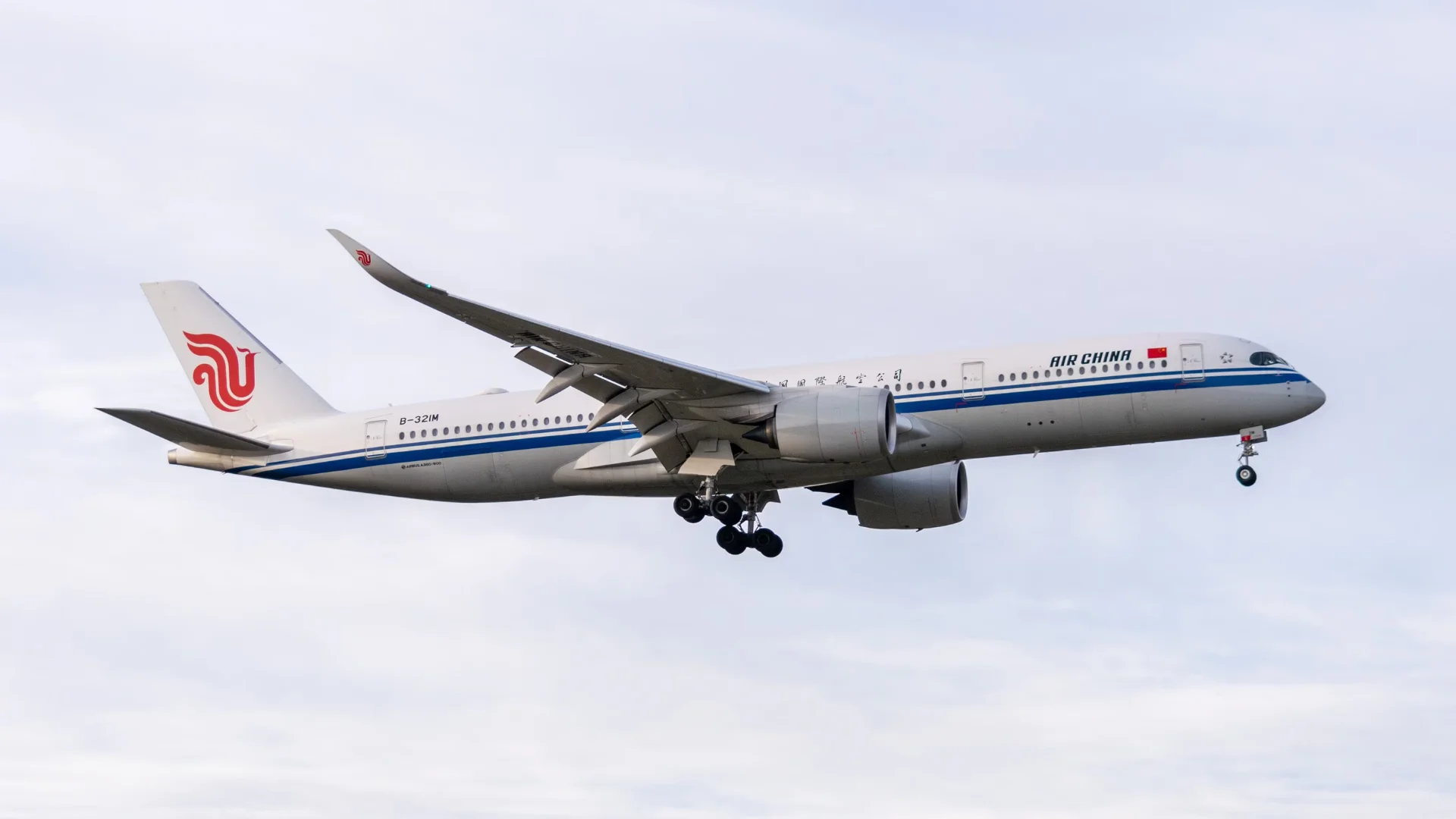During the interwar period, European aerospace companies were innovating with new military technologies. The Royal Air Force (RAF) and British manufacturer Supermarine collaborated in the mid-1920s to produce the Supermarine Southampton, a flying boat that would become one of the most successful aircraft of its time.
The Supermarine Southampton was initially designed for military service but some models later entered commercial airline service. Derived from the experimental Supermarine Swan, the aircraft went from concept to production swiftly. R.J. Mitchell, a key figure on Supermarine's design team, led its development.
Supermarine had to expand production due to high demand, with orders coming from the Imperial Japanese Navy, Argentine Navy, and Royal Danish Navy. The aircraft also served commercial airlines like Imperial Airways and Japan Air Transport. An original model is displayed at the Royal Air Force Museum in North London.
 Alerts Sign-up
Alerts Sign-up







